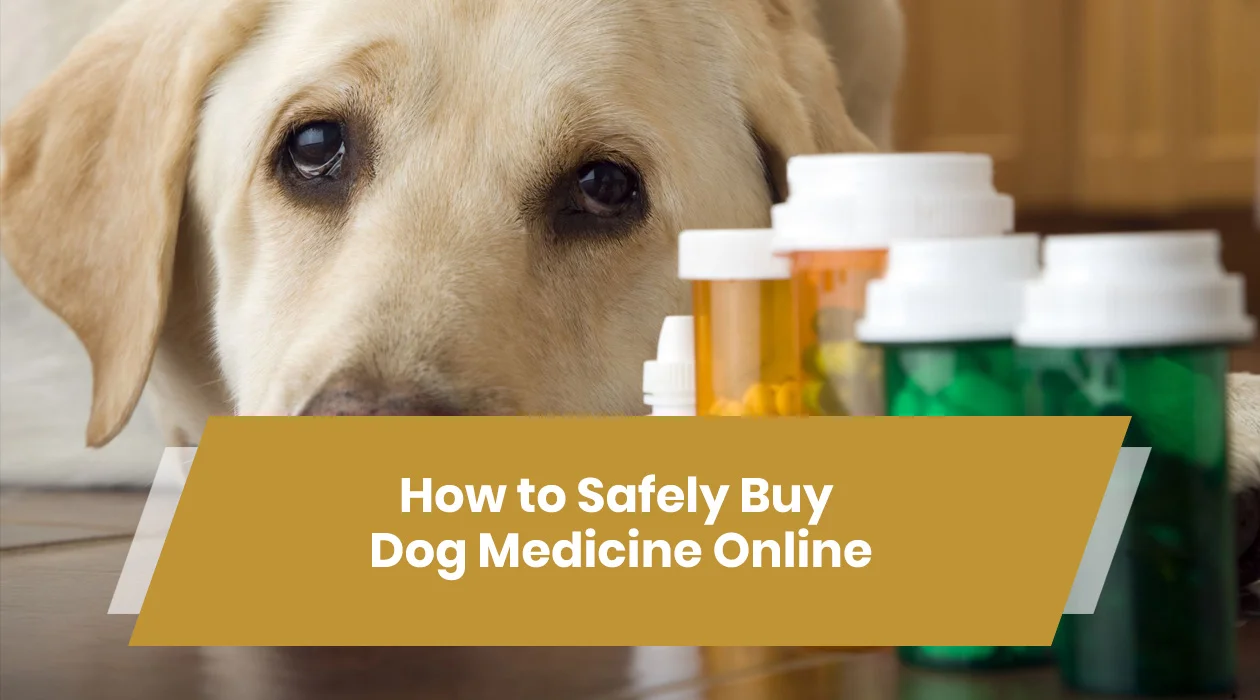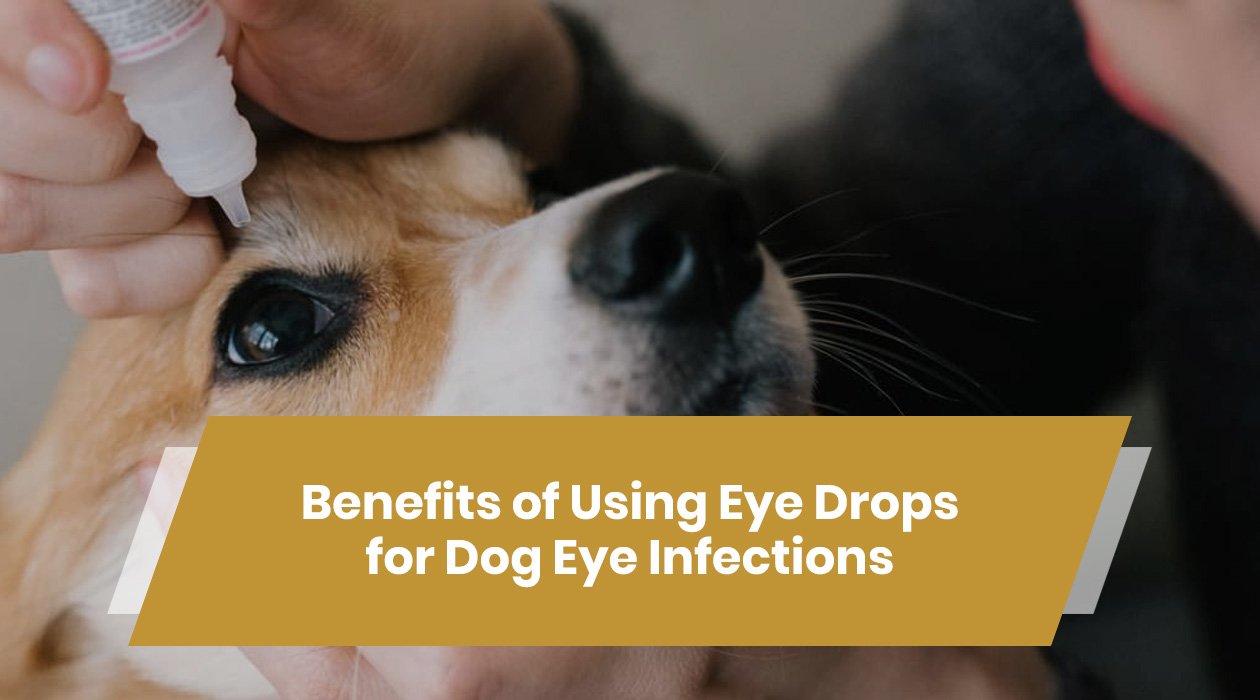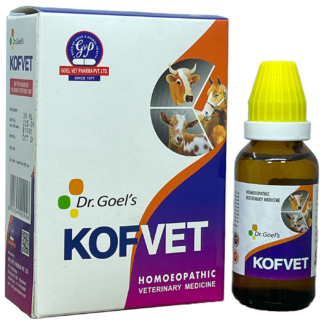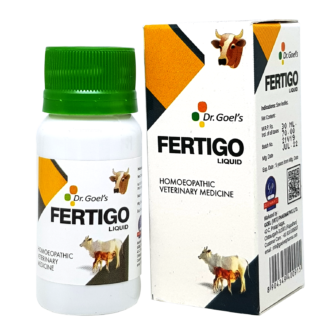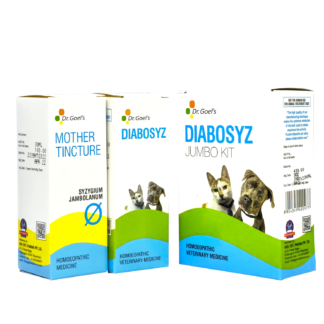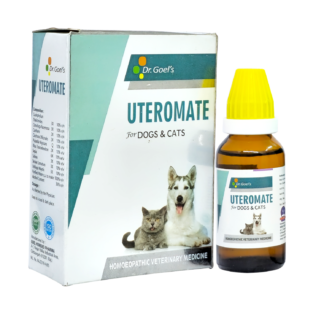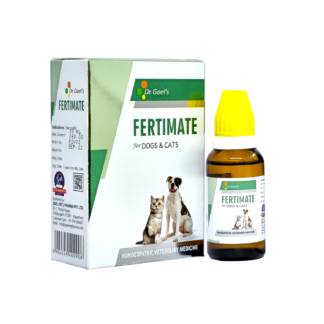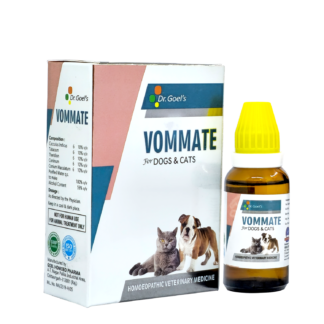Scabies, also known as sarcoptic mange, is a highly contagious skin disease in dogs caused by the Sarcoptes scabiei mite. This microscopic parasite burrows into the skin, causing intense itching and discomfort. Managing and controlling scabies requires understanding its symptoms, treatment options, and preventive measures.
Symptoms of Scabies in Dogs:
- Intense Itching:
Dogs affected by scabies often exhibit relentless and severe itching, particularly worsening at night. The intense itching is due to the immune system’s reaction to the mites burrowing into the skin and laying eggs.
- Skin Irritation:
Redness and inflammation are common, with the skin becoming irritated and showing patches of crusted lesions. These lesions are most frequently seen around the ears, elbows, hocks, and abdomen. The irritation leads to excessive scratching, further damaging the skin.
- Hair Loss (Alopecia):
Hair loss is a significant symptom, particularly in areas with intense mite activity. The fur may become patchy, giving the dog a rough and unkempt appearance. Over time, the hair loss can become more widespread if the condition is not treated.
- Secondary Infections:
Continuous scratching and skin damage can lead to secondary bacterial infections. These infections complicate the disease and can result in additional symptoms like pus-filled sores, fever, and lethargy.
- Behavioural Changes:
Due to the constant discomfort and itching, dogs may become restless, irritable, and may avoid being touched or groomed. They may also show signs of distress or anxiety.
- Skin Thickening and Crusting:
In severe or prolonged cases, the skin may thicken and become more crusty. This condition, known as lichenification, can be painful and further complicates the dog’s recovery.
- Lesion Distribution:
Lesions often begin on areas with less hair, such as the ears, elbows, and abdomen, but can spread to the rest of the body if not addressed. The distribution of lesions helps in diagnosing scabies as different skin conditions have varying lesion patterns.
- General Malaise:
Affected dogs may show signs of general illness, including loss of appetite, weight loss, and decreased activity levels due to the discomfort and potential secondary infections.
Treatment Options for Scabies:
- 1. Veterinary-Prescribed Medications:
Parasiticides: The primary treatment involves the use of parasiticides, which kill the mites. These medications can be administered orally, topically, or by injection. Common drugs include ivermectin, selamectin, moxidectin, and milbemycin.
Topical Treatments: Medicated shampoos, dips, and ointments containing anti-mite agents are also used to reduce the mite population on the dog’s skin. These treatments may need to be repeated over several weeks.
- Anti-inflammatory and Antipruritic Therapy:
Corticosteroids: These are prescribed to reduce severe itching and inflammation. They help alleviate the dog’s discomfort, although their use is typically limited to avoid potential side effects.
Antihistamines: These can also be used to control itching and improve the dog’s comfort during treatment.
- Antibiotics:
If secondary bacterial infections are present, antibiotics will be necessary to treat these infections. This helps to prevent further complications and promotes healing of the damaged skin.
- Environmental Management:
Thorough cleaning and disinfecting of the dog’s living environment is crucial to prevent re-infestation. This includes washing bedding, toys, and grooming tools, as well as vacuuming carpets and upholstery. All cleaning should be done with hot water and appropriate disinfectants.
- Isolation of Infected Animals:
Isolate the infected dog from other pets to prevent the spread of mites. This isolation should continue until the dog is completely free of mites, as scabies is highly contagious.
- Regular Follow-Up Visits:
– Regular veterinary check-ups are essential to monitor the dog’s progress and to ensure that the treatment is effective. Adjustments to the treatment plan may be necessary based on the dog’s response.
- Supportive Care:
Providing supportive care, such as a balanced diet, adequate hydration, and a stress-free environment, helps improve the dog’s overall health and immune response, aiding in faster recovery.
Prevention of Scabies in Dogs:
- Regular Veterinary Check-ups:
Schedule routine check-ups with your veterinarian to detect early signs of scabies or other skin conditions. Early detection allows for prompt treatment, reducing the risk of severe infestations.
- Quarantine and Treatment of Infected Dogs:
Immediately isolate infected dogs to prevent the spread of scabies to other pets. Follow the veterinarian’s instructions for treating the infected dog and ensure complete eradication of the mites before reintroducing the dog to others.
- Maintain Good Hygiene Practices:
Regularly bathe and groom your dog using veterinary-recommended products. This helps maintain healthy skin and coat, reducing the risk of parasitic infestations.
- Environmental Hygiene:
Keep the dog’s living environment clean and sanitary. Regularly clean and disinfect bedding, toys, and grooming tools. Vacuum carpets and upholstery to remove any mites or eggs that may be present.
- Limit Contact with Infected Animals:
Avoid exposing your dog to other animals known to have scabies or other contagious skin diseases. This includes steering clear of communal areas where transmission could occur, such as dog parks or kennels.
- Use Preventative Treatments:
Consider using preventative treatments recommended by your veterinarian, such as monthly flea and tick preventatives that may also protect against mites. These treatments can significantly reduce the risk of scabies.
- Education and Awareness:
Educate yourself and others about the signs and risks of scabies. Awareness can help in early identification and prompt treatment, preventing widespread outbreaks.
CONCLUSION:
Scabies in dogs is a challenging condition due to its highly contagious nature and the severe discomfort it causes. However, with timely veterinary intervention, effective treatment, and rigorous preventive measures, it is possible to manage and control scabies outbreaks. Ensuring the health and well-being of your dog requires vigilance, regular health checks, and maintaining a clean environment. Proactive management and treatment can lead to a swift recovery and prevent the spread of this troublesome disease to other pets.

 Australian Shepherd
Australian Shepherd Beagle
Beagle Belgium Shepherd
Belgium Shepherd Bernese Mountain Dog
Bernese Mountain Dog Border Collie
Border Collie Boxer
Boxer Bulldog
Bulldog Cavalier King Charles Spaniel
Cavalier King Charles Spaniel Chihuahua
Chihuahua Cocker Spaniel
Cocker Spaniel Dachshund
Dachshund Doberman Pinscher
Doberman Pinscher Dogo Argentino
Dogo Argentino French Bulldog
French Bulldog German Shepherd
German Shepherd Golden Retriever
Golden Retriever Great Dane
Great Dane Himalayan Shepherd
Himalayan Shepherd Indie Dogs
Indie Dogs Labrador Retriever
Labrador Retriever Pakistani Bully
Pakistani Bully Pembroke Welsh Corgi
Pembroke Welsh Corgi Pitbull
Pitbull Pomeranian
Pomeranian Poodle
Poodle Pug
Pug Rottweiler
Rottweiler Shih Tzu
Shih Tzu Siberian Husky
Siberian Husky Yorkshire Terrier
Yorkshire Terrier Australian Shepherd
Australian Shepherd Beagle
Beagle Belgium Shepherd
Belgium Shepherd Bernese Mountain Dog
Bernese Mountain Dog Border Collie
Border Collie Boxer
Boxer Bulldog
Bulldog Cavalier King Charles Spaniel
Cavalier King Charles Spaniel Chihuahua
Chihuahua Cocker Spaniel
Cocker Spaniel Dachshund
Dachshund Doberman Pinscher
Doberman Pinscher Dogo Argentino
Dogo Argentino French Bulldog
French Bulldog German Shepherd
German Shepherd Golden Retriever
Golden Retriever Great Dane
Great Dane Himalayan Shepherd
Himalayan Shepherd Indie Dogs
Indie Dogs Labrador Retriever
Labrador Retriever Pakistani Bully
Pakistani Bully Pembroke Welsh Corgi
Pembroke Welsh Corgi Pitbull
Pitbull Pomeranian
Pomeranian Poodle
Poodle Pug
Pug Rottweiler
Rottweiler Shih Tzu
Shih Tzu Siberian Husky
Siberian Husky Yorkshire Terrier
Yorkshire Terrier Abyssinian
Abyssinian American Bobtail
American Bobtail American Shorthair
American Shorthair Balinese Cat
Balinese Cat Bengal Cat
Bengal Cat Birman
Birman Bombay Cat
Bombay Cat British Longhair
British Longhair British Shorthair
British Shorthair Burmese Cat
Burmese Cat Devon Rex
Devon Rex Exotic Shorthair
Exotic Shorthair Himalayan Cat
Himalayan Cat Maine Coon
Maine Coon Oriental Shorthair
Oriental Shorthair Persian Cats
Persian Cats Ragdoll
Ragdoll Scottish Fold
Scottish Fold Siamese Cat
Siamese Cat Siberian Cat
Siberian Cat Sphynx Cat
Sphynx Cat





































